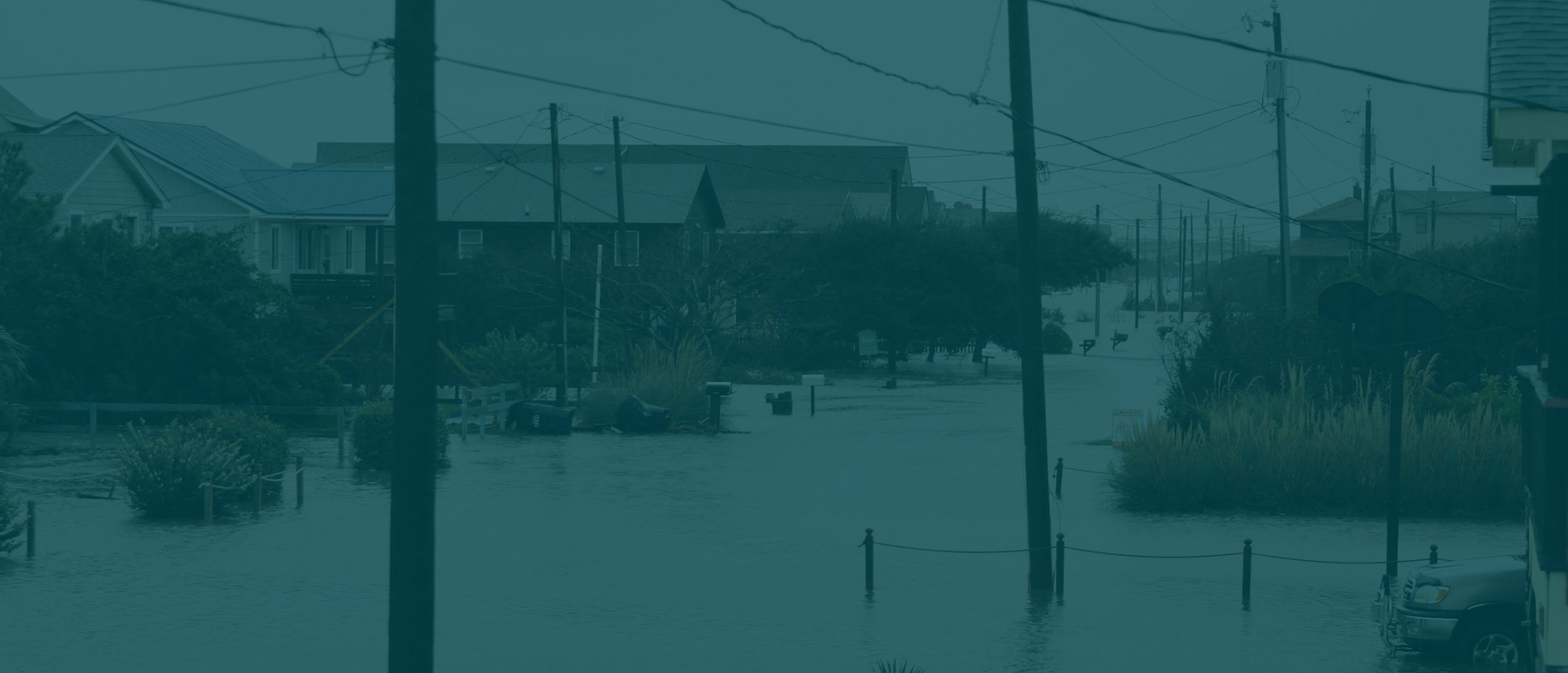

Create safer, more resilient communities
PIRS™ helps you spatially evaluate networks of plans to reduce hazard vulnerability and protect the economic, social and environmental well-being of your community.
Beyond the Basics
Hazard Mitigation Planning
Some community plans may actually increase vulnerability to hazards. The Plan Integration for Resilience Scorecard™ (PIRS™) method guides communities through the process of assessing and aligning their plans to maximize investments and reduce potential disaster impacts.
Hazard Mitigation
PIRS™ helps create proactive mitigation policies that work to reduce risk and create safer, more disaster-resilient communities.
Climate Change
Use PIRS™ to assess likely climate change impacts, mitigate their occurrences and prepare for changing environments.
Spatial Evaluation
Understand inconsistencies across networks of plans by using PIRS™ to spatially evaluate plans and vulnerabilities.
Resilience through Planning
Guided by your PIRS™ scorecard, adjust policies to improve plan integration, build knowledge, and strengthen resilience.
PIRS™
Introduction
Explore
Case Studies
A growing number of communities have aligned their network of plans and integrated hazard mitigation policies and actions, helping them adapt to climate change, and better account for the social vulnerability of different populations. Learn more about their efforts.

“One of the big things we learned through the Scorecard process is that planning is taking place throughout the organization—not just in the planning department. There were lots of policy decisions being made outside of planning that we were not capturing in our comprehensive plan. [Guidance from] our Office of Resilience, which was relatively new, and even our Emergency Management [Office] with the Hazard Mitigation Plan—we weren’t fully taking into account when we were making recommendations.“Immediately, what we found was that when you go from a citywide level, with policies, and begin looking at how they impact at the neighborhood level, sometimes you can have unintended consequences. We really, truly want to make sure that all the polices are reflected in the comprehensive plan because decisions are made based on it.
“We [made] a series of amendments to the Comprehensive Plan to fully incorporate the Hazard Mitigation Plan and the Resilience Plan into it. Fortunately, now, we know [these plans] are part of our community and we are making them part of the comprehensive planning effort up front going forward.”
Paula Shea, AICP
Assistant Director of Planning
City of Norfolk, VA
Recent News
Siyu Yu awarded the 2023 NASEM Early-Career Research Fellowship
PIRS™ for Wildfire Tool Developed to Increase Fire Resilience at the Community Scale
PIRS™ training program launched with the American Planning Association

Amanda Torres, MPA, CFM
“Plan Integration brought in nearly 50 potential planning actions into one central matrix. You can assess previous plans and you may have thought ‘Oh, we are not ready for the next disaster… we haven’t done anything… I’m completely unprepared!’ And then you make an assessment and realize your community has been having these conversations about resiliency and you just didn’t realize it until you went through those processes and mechanisms. There’s a lot of different partners in this process [of building community resilience], and it’s important for us to be on the same page when it comes to planning for our future.”
Community Planner and Floodplain Administrator
City of Rockport, TX




